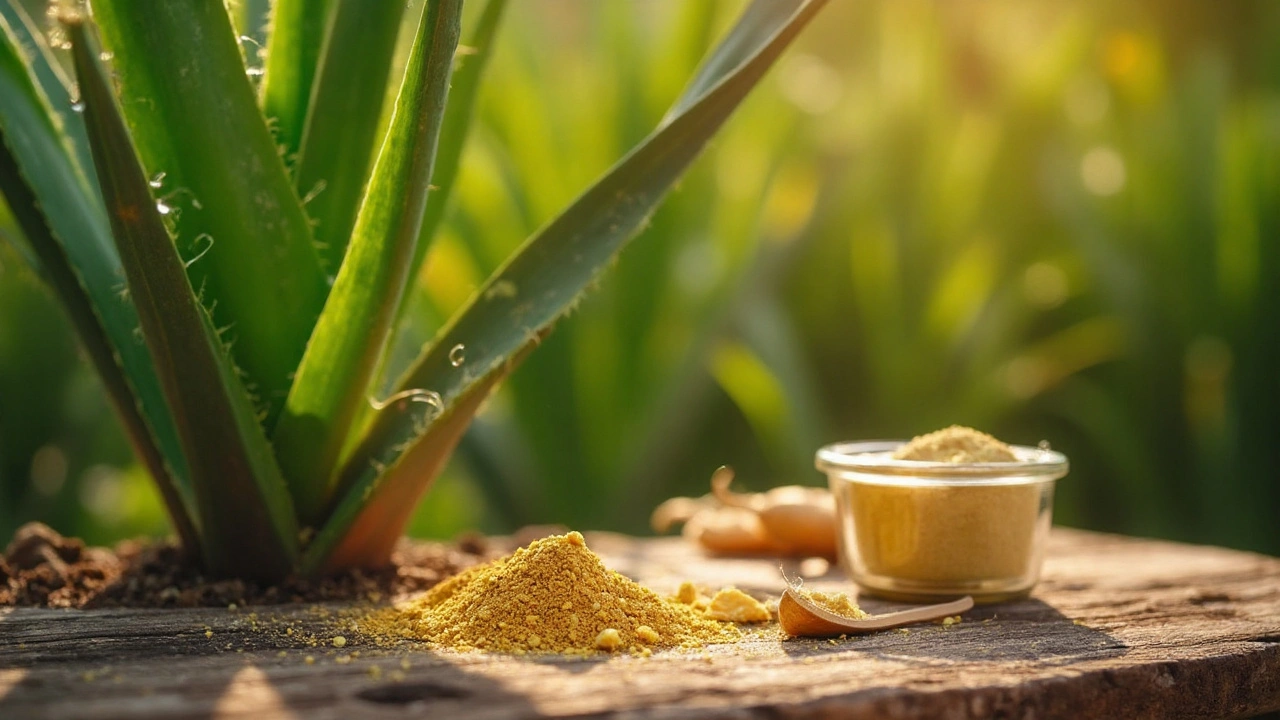Herbal Remedy Guide: Natural Solutions for Everyday Health
If you’ve ever grabbed a ginger root for a sore throat or brewed chamomile tea for sleep, you already know how handy herbs can be. The good news is you don’t need a pharmacy for many everyday aches—your kitchen pantry and a bit of know‑how can do the trick. Below is a no‑nonsense walk‑through of the most reliable herbs, how to use them safely, and what to avoid.
Why People Turn to Herbal Remedies
Herbs are popular because they’re cheap, often easy to find, and have a long history of use. Many people like the idea of treating a headache with peppermint oil instead of popping a pill. Another reason is control: you decide the dose, the preparation method, and you can stop anytime if it doesn’t work. But the upside only lasts when you respect the plant’s potency—some herbs can interact with prescription meds or cause side effects if you go overboard.
Getting Started: Safe DIY Herbs
Start with three basics that cover a lot of ground: ginger, turmeric, and lavender. Ginger is a go‑to for nausea, digestion, and inflammation. Slice a few pieces, steep in hot water for 10 minutes, and sip. You can also chew a small piece after a heavy meal. Turmeric contains curcumin, a powerful anti‑inflammatory. Mix a teaspoon of powder with warm milk or water, add a pinch of black pepper (it boosts absorption), and drink once a day. Lavender works well for stress and mild insomnia—add a few drops of lavender essential oil to a diffuser or a warm bath before bed.
When you try a new herb, follow the three‑step safety rule: start low, go slow, and watch for reactions. Begin with the smallest suggested dose, wait 24–48 hours, and see how you feel. If there’s no upset stomach, rash, or dizziness, you can increase slightly. Keep a simple log: date, herb, dose, and any side effects. This habit helps you spot patterns before anything serious happens.
Some herbs deserve extra caution. St. John’s wort, for example, can make many prescription drugs less effective. If you’re on blood thinners, avoid high doses of garlic or ginkgo because they can increase bleeding risk. When in doubt, ask a pharmacist or your doctor—most will appreciate you being proactive.
We’ve also grouped herbs by common problems so you can grab the right one fast:
- Headaches: Peppermint oil (apply diluted on temples), feverfew tea.
- Cold symptoms: Echinacea tea, elderberry syrup, thyme steam inhalation.
- Digestive upset: Peppermint tea, fennel seeds, slippery elm lozenges.
- Skin irritation: Aloe vera gel, calendula cream, chamomile compress.
When making teas or tinctures, use fresh or properly dried herbs—quality matters more than quantity. A tablespoon of fresh rosemary packs more flavor than a teaspoon of old dried bits. Store dried herbs in airtight jars away from light to keep their active compounds intact.
Finally, remember that herbal remedies complement, not replace, professional care. If symptoms linger beyond a week, get checked out. A short course of a proven medication might be the fastest path back to health, and you can still use herbs to support recovery.
With a few trusted plants in your kitchen and a habit of careful dosing, you’ll have a handy toolkit for everyday aches, stress, and minor illnesses. Try one herb at a time, keep notes, and enjoy the simplicity of natural healing without the pharmacy line.
Yucca Supplement: Natural Relief for Inflammation and Pain
Sep, 23 2025
Discover how Yucca, packed with saponins, offers a natural way to curb inflammation and ease pain, backed by science and safe usage tips.
Read Article→
